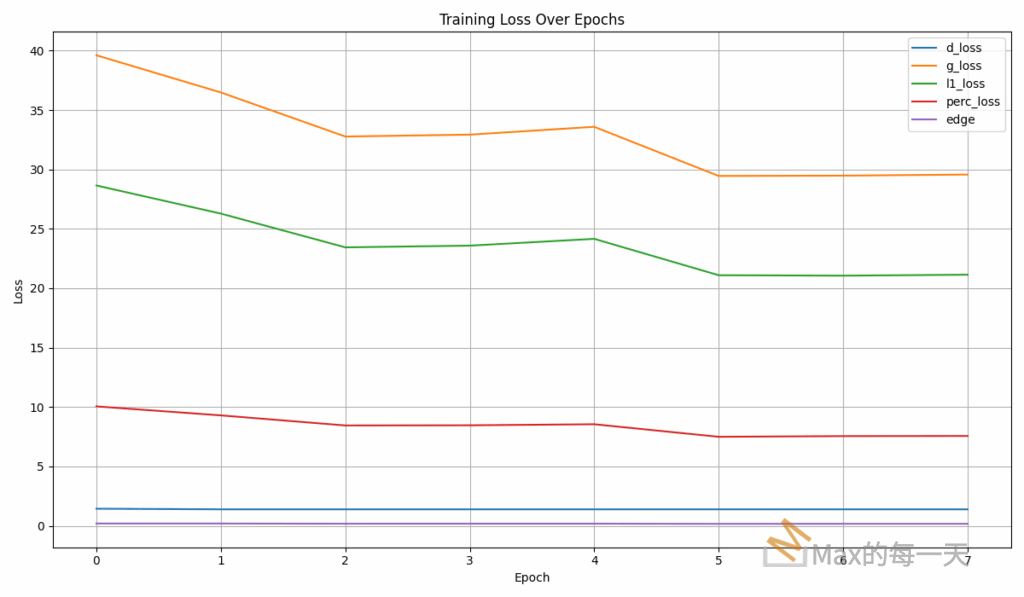In Colab, you will get 12 hours of execution time but the session will be disconnected if you are idle for more than 60 minutes. It means that for every 12 hours Disk, RAM, CPU Cache and the Data that is on our allocated virtual machine will get erased.
雖然colab 是免費服務,但羊毛出在羊身上,要使用服務還是要付錢。colab pro 官方Q&A:
https://colab.research.google.com/signup?utm_source=faq&utm_medium=link&utm_campaign=how_long_can_nbs_run#
在 Colab Pro 中筆記本能執行多久?
在 Colab 免費版本中,筆記本最長可執行 12 小時,其閒置逾時時間比 Colab Pro 要短許多。
Colab Pro 可讓你的筆記本維持連線長達 24 小時,且閒置逾時的時間較為寬裕。不過,我們無法對持續時間做出保證,且閒置逾時的時間可能會變動。
在 Colab Pro 中可使用多少記憶體?
Colab Pro 可讓你優先存取大量記憶體的 VM。這些 VM 的記憶體和 CPU 通常是標準 Colab VM 的兩倍大。訂閱後將可存取筆記本設定,啟用大量記憶體的 VM。此外,當 Colab 偵測到你可能需要大量記憶體的 VM 時,可能會自動將其指派給你。Colab Pro VM 的磁碟通常也是標準 Colab VM 的兩倍大。不過,我們無法保證提供資源,且大量記憶體的 VM 也有用量限制。
在 Colab 免費版本中無法使用大量記憶體偏好設定,而且系統很少會自動將大量記憶體的 VM 指派給免費版本的使用者。
其他常見問題
Frequently Asked Questions
https://research.google.com/colaboratory/faq.html#idle-timeouts
Why aren’t resources guaranteed in Colab?
In order to be able to offer computational resources for free, Colab needs to maintain the flexibility to adjust usage limits and hardware availability on the fly. Resources available in Colab vary over time to accommodate fluctuations in demand, as well as to accommodate overall growth and other factors.
Some users want to be able to do more in Colab than the resource limits allow. We have heard from many users who want faster GPUs, longer running notebooks and more memory, as well as usage limits that are higher and don’t fluctuate as much. Introducing Colab Pro is the first step we are taking towards serving users who want to do more in Colab. Our long term goal is to continue providing a free version of Colab, while also growing in a sustainable fashion to meet the needs of our users. If you are interested in doing more in Colab than the resource limits of the free version of Colab allow, please try out Colab Pro and let us know what you think.
What are the usage limits of Colab?
Colab is able to provide free resources in part by having dynamic usage limits that sometimes fluctuate, and by not providing guaranteed or unlimited resources. This means that overall usage limits as well as idle timeout periods, maximum VM lifetime, GPU types available, and other factors vary over time. Colab does not publish these limits, in part because they can (and sometimes do) vary quickly.
GPUs and TPUs are sometimes prioritized for users who use Colab interactively rather than for long-running computations, or for users who have recently used less resources in Colab. As a result, users who use Colab for long-running computations, or users who have recently used more resources in Colab, are more likely to run into usage limits and have their access to GPUs and TPUs temporarily restricted. Users with high computational needs may be interested in using Colab’s UI with a local runtime running on their own hardware. Users interested in having higher and more stable usage limits may be interested in Colab Pro.
What types of GPUs are available in Colab?
The types of GPUs that are available in Colab vary over time. This is necessary for Colab to be able to provide access to these resources for free. The GPUs available in Colab often include Nvidia K80s, T4s, P4s and P100s. There is no way to choose what type of GPU you can connect to in Colab at any given time. Users who are interested in more reliable access to Colab’s fastest GPUs may be interested in Colab Pro.
Note that using Colab for cryptocurrency mining is disallowed entirely, and may result in your account being restricted for use with Colab altogether.
How long can notebooks run in Colab?
Notebooks run by connecting to virtual machines that have maximum lifetimes that can be as much as 12 hours. Notebooks will also disconnect from VMs when left idle for too long. Maximum VM lifetime and idle timeout behavior may vary over time, or based on your usage. This is necessary for Colab to be able to offer computational resources for free. Users interested in longer VM lifetimes and more lenient idle timeout behaviors that don’t vary as much over time may be interested in Colab Pro.
How much memory is available in Colab?
The amount of memory available in Colab virtual machines varies over time (but is stable for the lifetime of the VM). (Adjusting memory over time allows us to continue to offer Colab for free.) You may sometimes be automatically assigned a VM with extra memory when Colab detects that you are likely to need it. Users interested in having more memory available to them in Colab, and more reliably, may be interested in Colab Pro.
How can I get the most out of Colab?
Resources in Colab are prioritized for users who have recently used less resources, in order to prevent the monopolization of limited resources by a small number of users. To get the most out of Colab, consider closing your Colab tabs when you are done with your work, and avoid opting for a GPU when it is not needed for your work. This will make it less likely that you will run into usage limits in Colab. Users interested in going beyond the resource limits in the free version of Colab may be interested in Colab Pro.
I saw a message saying my GPU is not being utilized. What should I do?
Colab offers optional accelerated compute environments, including GPU and TPU. Executing code in a GPU or TPU runtime does not automatically mean that the GPU or TPU is being utilized. To avoid hitting your GPU usage limits, we recommend switching to a standard runtime if you are not utilizing the GPU. Choose Runtime > Change Runtime Type and set Hardware Accelerator to None.
For examples of how to utilize GPU and TPU runtimes in Colab, see the Tensorflow With GPU and TPUs In Colab example notebooks.
